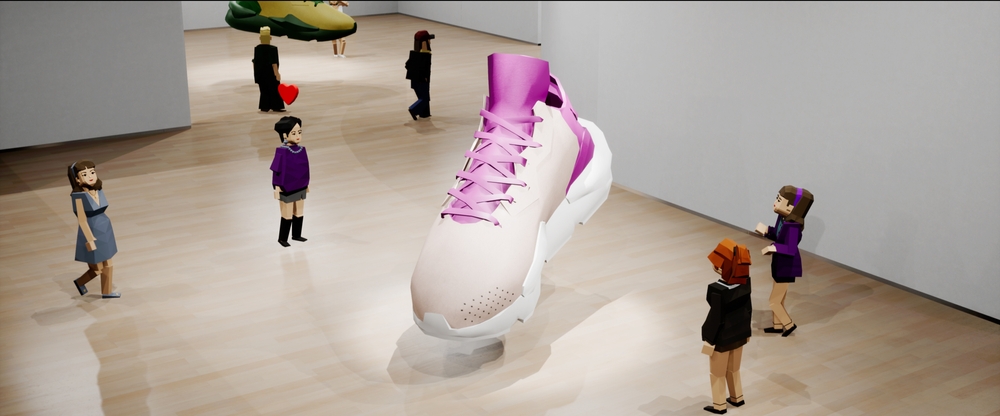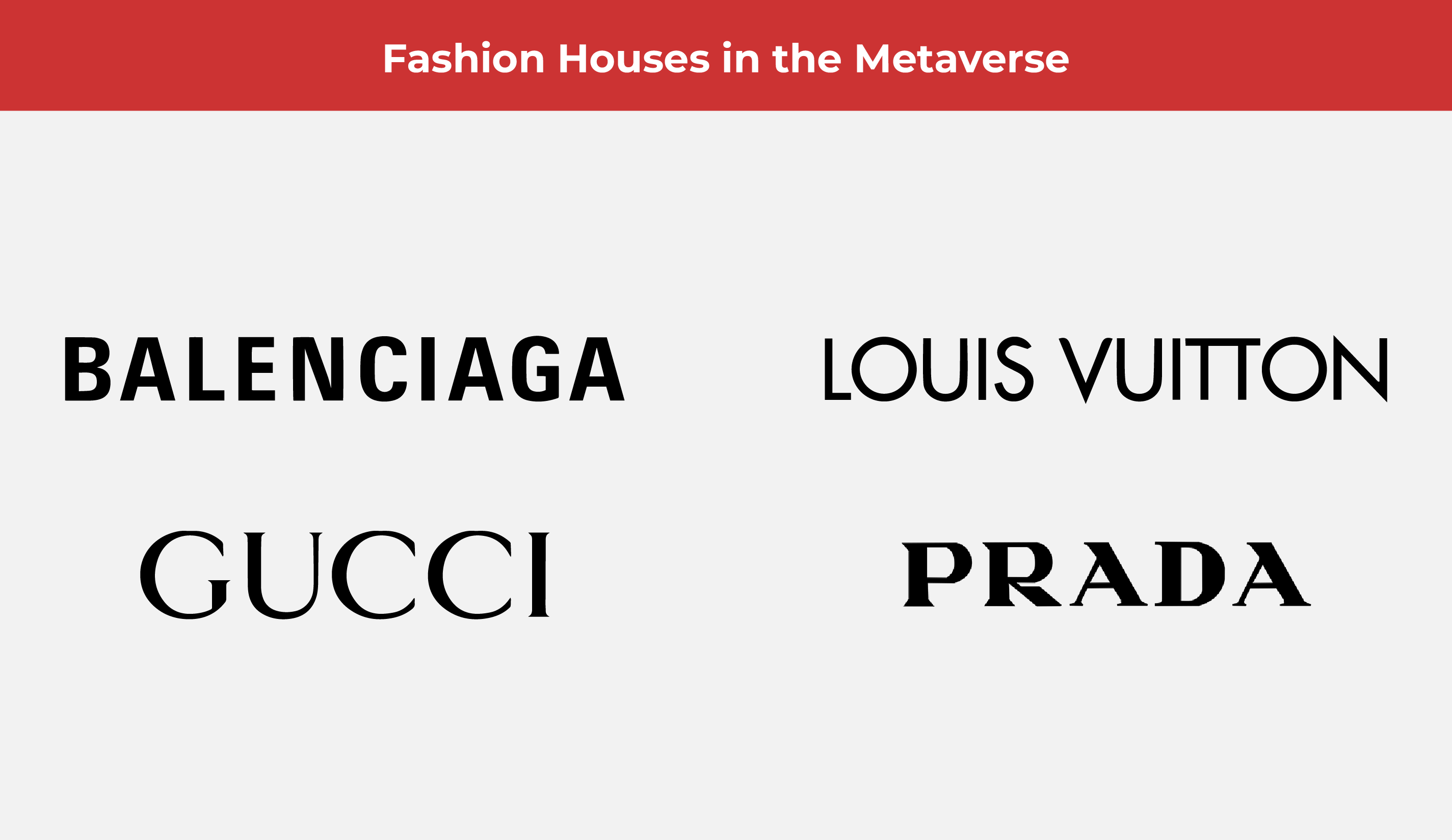The Metaverse Gets Ready for the Runway

As our digital lifestyles lean more toward games and virtual reality, clothing brands are starting to capitalize on these spaces to push their products. After all, even in the Metaverse, looking cool is not just a priority, it’s an investment.
Gaming platforms and digital spaces may operate under what we consider virtual reality, but these days, these online worlds trade in big business that translates to real money in the real world. The lines that separate what’s real and virtual grow blurrier by the day, but one thing’s for sure—this is not a trend that will disappear in a few years. Rather, it’s a quickly evolving playground expanding every single day. And that playground has made room for a runway.
(Also read: Real Talk: Is Virtual Real Estate Real?)
From real estate to dining, is there anything the metaverse hasn’t gotten its meat hooks into? The answer is most likely to be no. Everything including the kitchen sink is up for grabs in virtual reality, and players are willing to pay top dollar to get it, too.
Of course, the fashion industry has its eye on the multiverse pie. The shift to virtual spaces seems organic for future-looking fashion brands needing to remain relevant to a whole new generation of loyal patrons and consumers.
In an article published by Forbes, fashion and tech experts both weighed in on this cultural shift into the digital. Going after the Gen Z mindset of “consumption vs. possession” seems to be the key to unlocking how to capture new faithful followers in the age of the metaverse.
These days, people are looking for authentic ways of expressing themselves whether in virtual spaces or real life. And the virtual self or one’s avatar is considered just as “real” as one’s physical self, which is why fashion brands are working overtime to do marketing twice as hard in these spaces as they are in the physical world.

High-street brands, as well as designer brands, are equally invested in staking their claim in the virtual world. Balenciaga and Prada are just a couple of brands strengthening their virtual presence. Late in 2021, Balenciaga announced plans to expand its presence in the metaverse through its collaboration with the popular gaming platform Fortnite. Meanwhile, Prada and Adidas teamed up for an NFT collaboration early in 2022 for charity.
Gucci is another high fashion brand that has adopted the metaverse as its new marketing playground. Launching its own “town” in the wildly popular gaming platform Roblox, the brand earned 20 million visitors in 2021.
Meta CEO Mark Zuckerberg announced in a Facebook post that the company is diversifying into clothing for avatars, too. The official store where one can avail of clothing for their metaverse selves is called “Meta Avatars Store”, and here, users may purchase “skins” for their avatars. Prices have yet to be set for these virtual outfits. Meanwhile, clothing options previously available remain free to use.
Virtual apparel, accessories, and other fashion items in the metaverse will only get more popular through time. Says metaverse expert Matthew Ball, “there was $60 billion to $70 billion spent purely on cosmetic, nonfunctional, virtual goods”.
People are spending their money on virtual goods for really good reasons. According to a world-leading expert in augmented reality, Dr. Helen Papagiannis, the shift to buying virtual goods may be explained through what she calls “the digital lipstick effect”. The “lipstick effect” is what happens when people give in to small indulgences or treats, such as a tube of lipstick during an economic downturn. It’s similar to digital goods, and it also happens with real-life goods bought online.
According to studies made, consumers shop in “micro-moments” whenever the mood for “retail therapy” strikes. Think of that whenever your fingers open your favorite online shopping app or you end up adding to the cart something seemingly useless that you know will provide you some joy.
Fashion brands have learned to tap into these new behaviors that get people to spend money on virtual items that make them feel good. Understanding how this generation and the emerging one approach identity and self-expression is the master key to their virtual success.
Many users consider their avatars their digital versions of themselves, and therefore also want the best and most coveted brands to express their virtual identities.
But what about clothes that one can wear in the real world? Dressing smartly won’t only mean what it used to mean—snazzy, well-put-together, and ultra-chic, but smart, as in, your clothes will have the ability to adapt to real-world conditions and even sense what one feels. Imagine garments that instantly heat up when it’s chilly outside or clothes that automatically dry themselves when they get wet? Eat your heart out, Marty McFly!
From virtual clothing to the future of fabrics, one day we’ll see these two spaces colliding and interacting in new and interesting ways we never predicted. With the virtual influencing the way we choose and buy what we use daily, this scenario won’t be far off. What was once regarded as “futuristic” will be considered “now”, and what’s new today may be made even better tomorrow.
As one of the Top 19 EMS companies in the world, IMI has over 40 years of experience in providing electronics manufacturing and technology solutions.
We are ready to support your business on a global scale.
Our proven technical expertise, worldwide reach, and vast experience in high-growth and emerging markets make us the ideal global manufacturing solutions partner.
Let's work together to build our future today.




